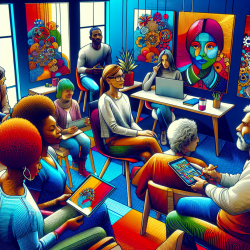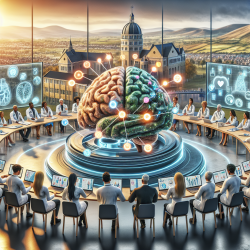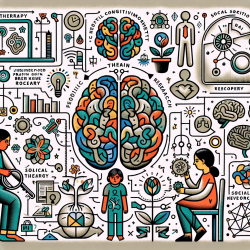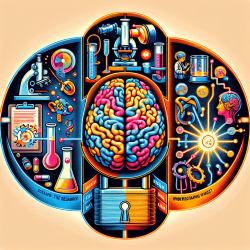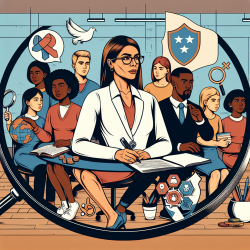In an era where technology is reshaping every facet of our lives, the field of art therapy is no exception. The recent research article, Art Therapy in the Digital World: An Integrative Review of Current Practice and Future Directions, offers valuable insights into how digital technology can be integrated into art therapy practices to enhance therapeutic outcomes.
Embracing Digital Tools in Art Therapy
The study emphasizes that digital tools, including tablets and virtual reality, can be effectively used for creating art in therapy sessions. These tools not only provide a mess-free and accessible medium for clients but also offer unique features like the ability to record and modify artwork, which can be particularly empowering for clients with disabilities or sensory sensitivities.
- Portability and Accessibility: Digital tools can be used anywhere, making therapy accessible to clients in remote locations or those with mobility issues.
- Mess-Free Environment: Digital art tools eliminate the need for physical materials, providing a cleaner and more controlled environment.
- Enhanced Expression: Virtual reality and other digital mediums offer new ways to explore creativity, breaking the limitations of traditional art materials.
Overcoming Challenges
While the benefits are substantial, the study also highlights challenges such as the lack of tactile feedback from digital tools and the potential technical issues during online sessions. However, these can be mitigated with proper training and by ensuring a robust support system for both therapists and clients.
- Training and Familiarity: Continuous professional development through training can help therapists become comfortable with new technologies.
- Technical Support: Ensuring reliable internet connections and having backup plans can minimize disruptions during online sessions.
- Ethical Considerations: Adhering to updated ethical guidelines can help maintain confidentiality and safety in digital therapy sessions.
Future Directions
The research calls for further exploration into the therapeutic potential of digital tools. Practitioners are encouraged to engage in continuous learning and to remain open to integrating new technologies into their practice. This proactive approach will not only enhance their skills but also expand the reach and effectiveness of art therapy.
To read the original research paper, please follow this link: Art Therapy in the Digital World: An Integrative Review of Current Practice and Future Directions.
